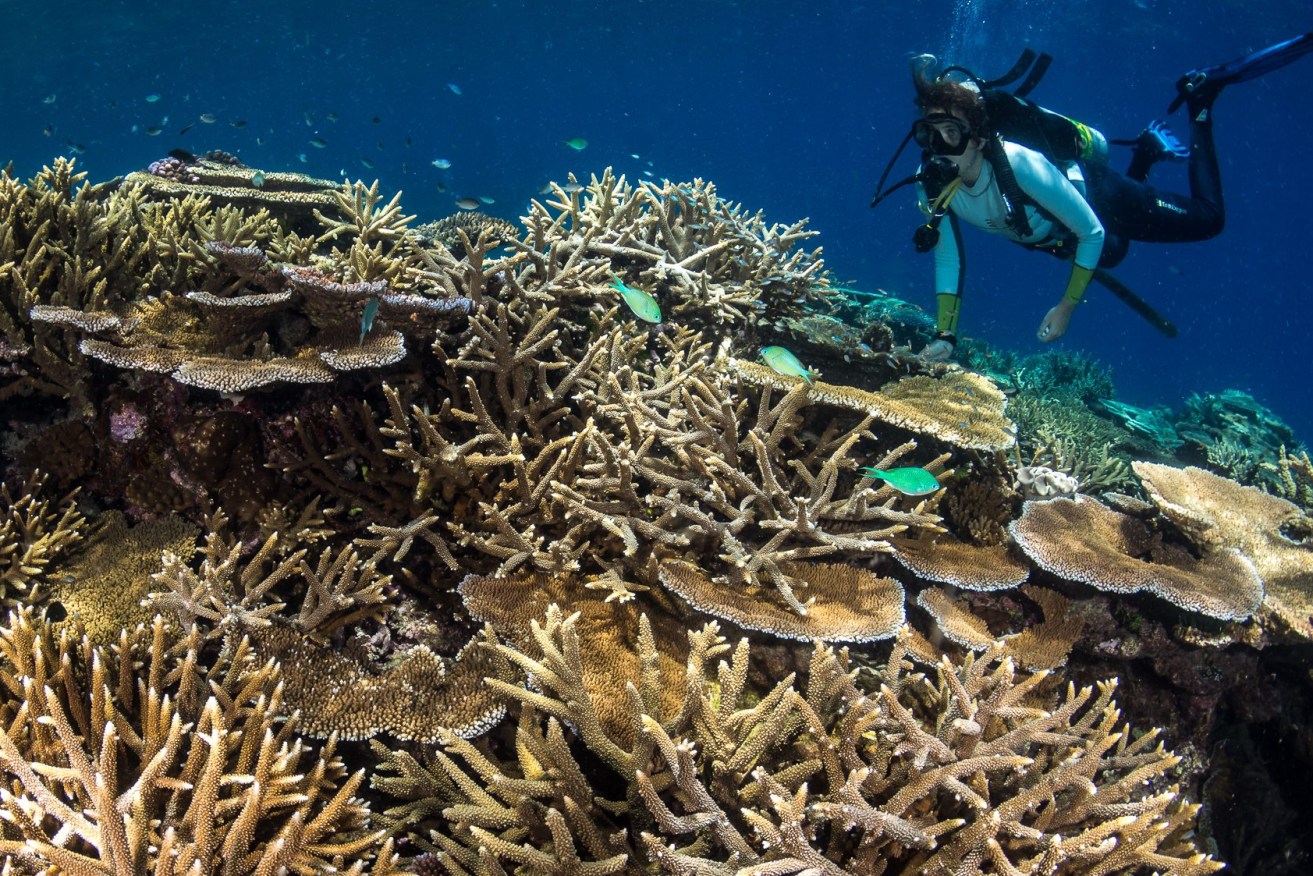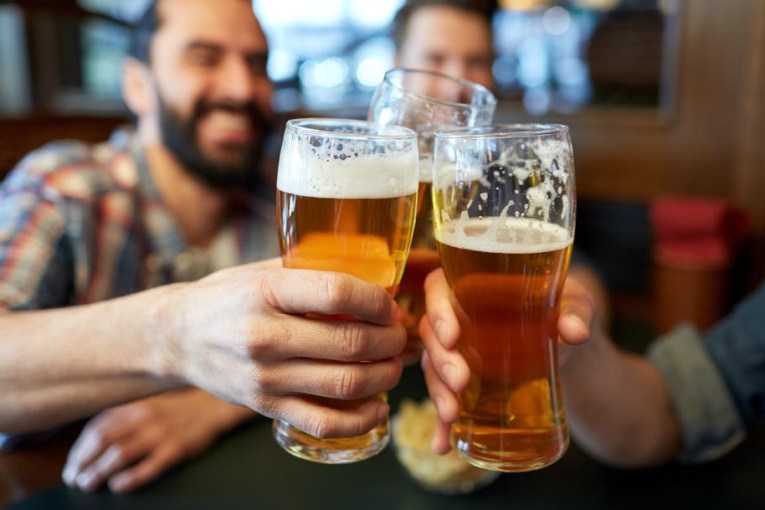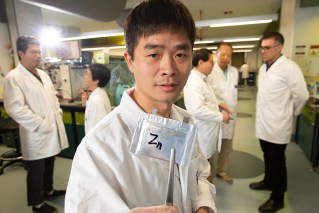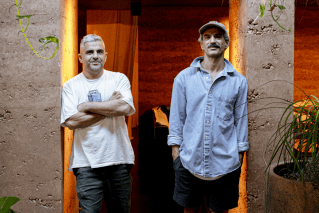Strength to strength: Experts celebrate reef rescue mission
Australian experts have developed a new survival toolkit that will allow millions of heat-tolerant corals to be planted on the Great Barrier Reef and coral reefs worldwide.

Developments pivotal to the reef's survival include semi-automated and robotic methods that dramatically increase the number of corals that can be bred in aquaculture.
Scientists and engineers from the Reef Restoration and Adaptation Program are celebrating a series of breakthrough technologies to help reefs endure the escalating climate crisis.
Pivotal developments include semi-automated and robotic methods that dramatically increase the number of corals that can be bred in aquaculture.
Tens of millions of new corals can now be produced, all year round, rather than just a few thousand.
Engineers have also developed new seeding devices to release coral babies en masse, to help the reef recover from climate change impacts including marine heatwaves that can kill coral.
Laboratory work has also helped accelerate heat tolerance in several coral species.
And new modelling techniques have been developed to help reef experts know where interventions will have the biggest impact.
The Reef Restoration and Adaptation Program is the world’s largest research and development program focused on protecting an entire ecosystem from climate change.
It’s funded by the federal government’s Reef Trust and the Great Barrier Reef Foundation, and partners the CSIRO, the Australian Institute of Marine Science and various Australian universities.
The program’s executive director Dr Cedric Robillot says climate change impacts are unfolding at speed on coral reefs around the world, and restoration efforts have not been able to keep up.
But the new breakthroughs dramatically change the scale at which reef restoration can be undertaken.
“They are designed to be applied at scales of thousands of square kilometres – completely transcending current notions of coral reef repair, which are mostly done by hand on a few square metres of reef,” Robillot says.
He says the toolkit is the work of 350 experts, including biologists, data scientists, engineers, geographers, mathematicians and traditional owners.
“And it’s working – we’ve made more advances in coral reef restoration science in the past three years than we have in the past three decades.”
July was the world’s hottest month on record, and record ocean temperatures have already sparked catastrophic bleaching on coral reefs in the Florida Keys and the Caribbean.
There are fears the Great Barrier Reef could be in for more bleaching this summer, with a return to typically hotter and drier El Nino conditions.
Great Barrier Reef Foundation Managing Director Anna Marsden says the recent heat records underscore what the science has long been saying.
“Coral reefs are on the frontline of climate change and global emissions reduction remains the most important action we can take to secure their future,” she says.
“However, warming ocean temperatures are locked in, meaning emissions reductions alone are no longer enough to safeguard coral reefs for the next generation.
“We must pioneer a toolbox of solutions to help protect the reefs we have left, restore lost reefs and help corals adapt to warming ocean temperatures.”












